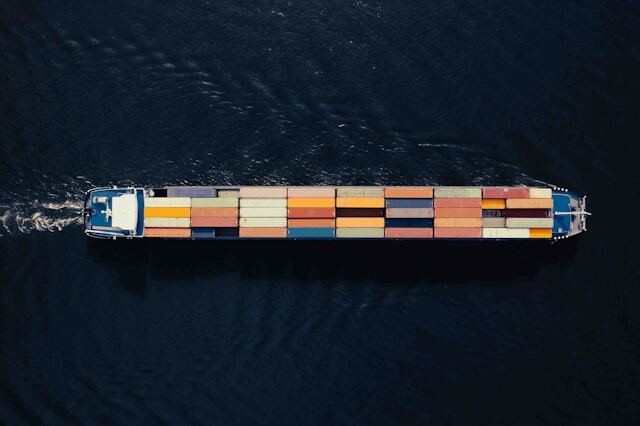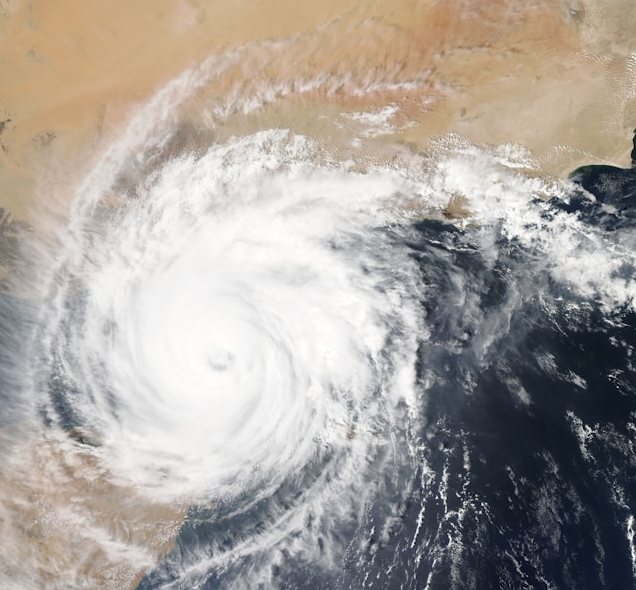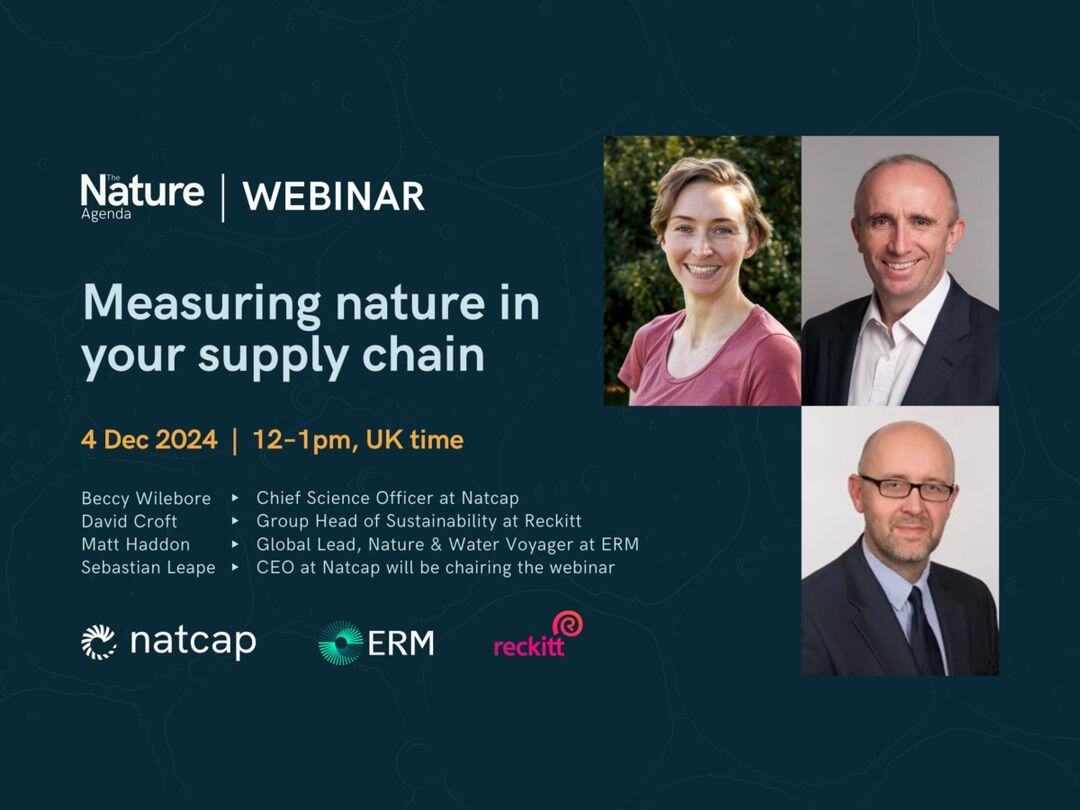Managing Physical Nature Risks in Supply Chains
Nature-related risks in supply chains are increasingly recognised as material threats to business stability and reputation. For most companies the...

For most organisations, the largest impacts on nature occur not within their own operations but across their upstream supply chains. Yet many are still just beginning to understand and act on this critical dimension of sustainability.
While climate strategies have become common practice, nature-focused initiatives often lag behind. However, biodiversity loss, land degradation, and natural resource depletion directly threaten the resilience of supply chains, especially those reliant on agricultural or extractive inputs. From food retailers to manufacturers, businesses are discovering that their exposure to nature risks begins at the source, literally.
In a recent poll conducted during our webinar “Measuring Impacts in the Supply Chain,” supply chain resilience emerged as the top reason companies are beginning to assess their nature-related risks and opportunities.

And the pressure is building. Companies are now facing a web of regulations, including the EU Deforestation Regulation (EUDR), the Corporate Sustainability Reporting Directive (CSRD), and voluntary frameworks like TNFD. These all require detailed understanding of impacts on nature across supply chains, pushing businesses to move beyond surface-level reporting.
The good news? Perfect data isn’t required to begin. Many companies have already embarked on their journeys with incomplete datasets. In fact, a second poll conducted during our “Measuring Impacts in the Supply Chain” webinar revealed that most companies have already evaluated at least some commodities or products, proof that action is possible even without full visibility.
.png?width=1560&height=664&name=Supply%20Chain%20Journey%20Chart%20(1).png)
Nature-related supply chain assessments are inherently iterative. What matters is starting with available information, identifying gaps, and building progressively.
A typical journey might include:
A key differentiator in nature impact assessment is location. Unlike greenhouse gas emissions, which affect the global atmosphere uniformly, nature impacts are deeply place-specific. Understanding the local context, such as water stress or biodiversity sensitivity, can significantly influence risk assessment and prioritisation.
As a result, at Natcap we consider the State of Nature at the sourcing location when evaluating impacts in the supply chain. For example, when studying the impacts of beef production we would consider which regions already face large pressures from cattle grazing.
Ultimately, understanding where and how supply chains impact nature is essential for building long-term business resilience. As expectations around nature-related reporting become mandatory, companies will be increasingly evaluated by regulators, investors, and customers based on how they manage these impacts. In a rapidly changing world, delaying action may prove more costly than addressing the risks head-on.

Nature-related risks in supply chains are increasingly recognised as material threats to business stability and reputation. For most companies the...

The supply chain is where most nature-related risks and opportunities lie, yet it remains one of the most challenging areas for businesses to measure...

Procurement isn’t a barrier to nature action - it’s the engine driving it. When sustainability teams bring data, empathy, and commercial alignment,...